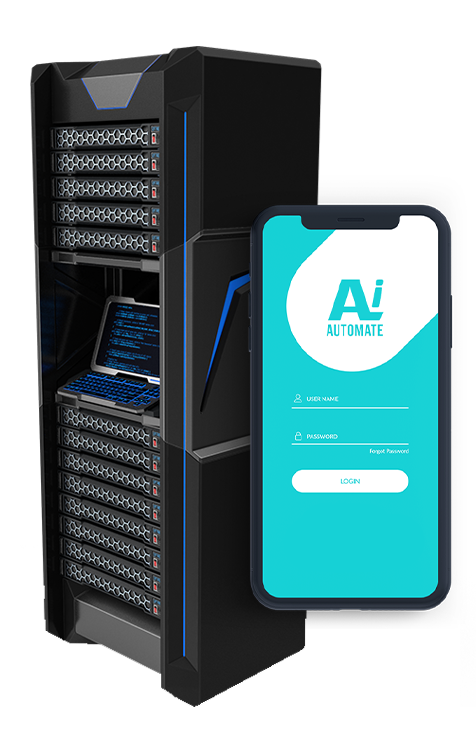Fiber Optic Cable Maintenance For Factories
Fiber optic cables are essential for the operation of many factories. They are used to transmit data, voice, and video signals between different parts of a factory, and they are also used to connect factories to the outside world. Fiber optic cables are made of glass or plastic, and they are very thin and flexible. This makes them easy to install and maintain, and they can be used in a variety of environments.
There are a number of different types of fiber optic cables, each with its own advantages and disadvantages. The most common type of fiber optic cable is single-mode fiber. Single-mode fiber is made of a single strand of glass or plastic, and it can transmit data at very high speeds. However, single-mode fiber is also more expensive than other types of fiber optic cable.
Another type of fiber optic cable is multi-mode fiber. Multi-mode fiber is made of multiple strands of glass or plastic, and it can transmit data at lower speeds than single-mode fiber. However, multi-mode fiber is also less expensive than single-mode fiber.
The type of fiber optic cable that is best for a particular application will depend on the specific needs of the application. For example, if high data speeds are required, then single-mode fiber would be the best choice. However, if cost is a concern, then multi-mode fiber would be a better option.
Fiber optic cables are an important part of the infrastructure of many factories. They provide a reliable and efficient way to transmit data, voice, and video signals. By properly maintaining fiber optic cables, factories can ensure that their operations run smoothly and efficiently.
Here are some tips for maintaining fiber optic cables:
- Inspect fiber optic cables regularly for damage. Damage can occur from a variety of sources, including rodents, insects, and weather. If damage is found, it should be repaired immediately.
- Clean fiber optic cables regularly. Dirt and dust can accumulate on fiber optic cables, which can reduce their performance. Fiber optic cables should be cleaned with a soft, lint-free cloth.
- Store fiber optic cables properly. Fiber optic cables should be stored in a cool, dry place. They should not be exposed to extreme temperatures or humidity.
- Follow the manufacturer's instructions for installing and maintaining fiber optic cables. Each type of fiber optic cable has its own specific installation and maintenance requirements. It is important to follow the manufacturer's instructions to ensure that the cable is installed and maintained properly.
By following these tips, factories can ensure that their fiber optic cables are maintained in good condition and that they are operating at peak performance.
From a business perspective, fiber optic cable maintenance is important for several reasons:
- Reliability: Fiber optic cables are very reliable, and they can provide a high level of uptime. This is important for factories, as downtime can be costly.
- Speed: Fiber optic cables can transmit data at very high speeds. This can help factories to improve their productivity and efficiency.
- Security: Fiber optic cables are very secure, and they are difficult to tap or intercept. This is important for factories that handle sensitive data.
- Cost-effectiveness: Fiber optic cables are a cost-effective way to transmit data. They can save factories money in the long run by reducing downtime and improving productivity.
By investing in fiber optic cable maintenance, factories can improve their reliability, speed, security, and cost-effectiveness. This can lead to a number of benefits, including increased productivity, reduced downtime, and improved customer satisfaction.
• Repair of damaged fiber optic cables
• Replacement of old or outdated fiber optic cables
• Installation of new fiber optic cables
• 24/7 emergency support
• 24/7 emergency support license
• Hardware replacement license
• Software updates license






